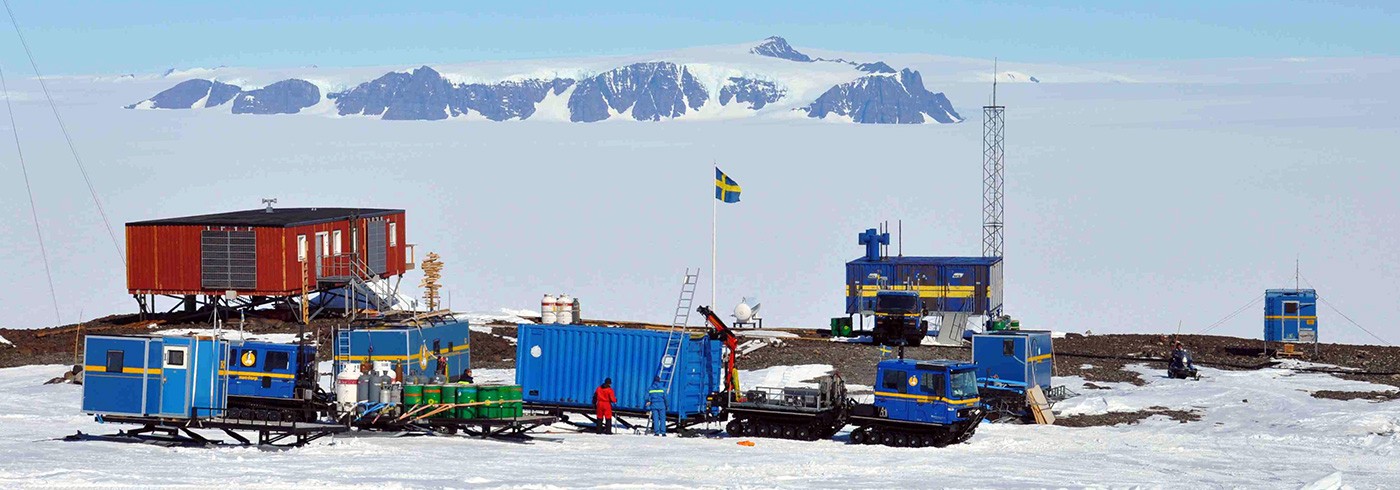Monitoring biodiversity in Dronning Maud Land, Antarctica
2 January 2013 - 24 January 2013How does human activity affect biodiversity in continental Antarctica? In this harsh environment, biological processes are slow, which means that native biodiversity can easily be damaged by human interference.
This project sought to evaluate the possible impact of human activities on terrestrial vegetation, i.e., lichens and mosses, around the Swedish research stations Wasa and Svea in Dronning Maud Land, Antarctica.
In the austral summer of 1991/92, 120 permanent plots were established along 11 transects at various distances from the research stations. These plots were re-examined in 2001/02 and again in 2012/13. The results over the first ten years displayed great consistency, but sample plots located near Svea had been affected by station maintenance, which caused a local decline of lichen species.
The first analyses of data collected in 2012/13 indicate a further decline of lichens near Svea. For the first time, lichen decline has been found near Wasa. This could be explained by a combination of construction work, trampling, and snow accumulation near the station. However, this effect is still local and the reference plots established at various distances from Wasa and Svea display high consistency.




